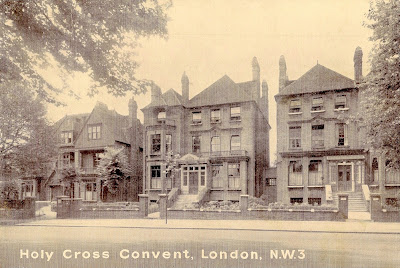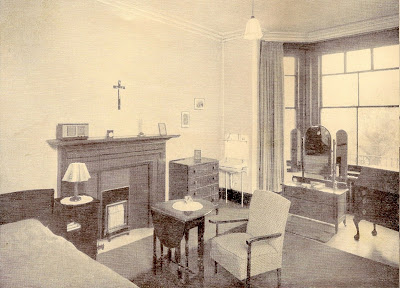 |
| Madame Gennatas' Venetian manor house still stands at Kouloura today. |
The following is adapted from The Durrells
of Corfu by Michael Haag which again this Saturday, for the sixth week in a row, is The Times number one
bestseller among paperback non-fiction titles.
On a beautiful spring day in 1936, Spiro
drove Theodore Stephanides and Larry and Nancy Durrell from the Daffodil Yellow Villa at
Kontokali north along the coast road, a difficult journey during rainy weather
and impossible when it was stormy. Here the ridges of Mount Pantocrator drove
straight into the sea, creating a succession of coves but allowing little
workable land, only the olive trees clinging to the slopes of the mountain in
steep steps of terraces.
Normally the journey was done by the daily
caique which set out from Corfu Town for Kouloura across the narrow strait from
Albania. In each direction the caique put in, when requested, at the little
villages along this remote coast – exposed to the northern winter winds,
parched in summer, a wilder Corfu, so different from the gentler, almost
Italian lower half of the island. But today was fine, and as the big car
bounced north along the broken road the afternoon sun struck obliquely through
the olives, dappling the occasional colour-washed houses of ochre, of white, of
mulberry, with light and shade.
Theodore had been invited to tea by Madame
Gennatas and was asked to bring his new friends. The old widow lived in a
fortified Venetian manor house at the port of Kouloura, the most beautiful of
all the little coves along this coast, where a horseshoe jetty sheltered red
and blue fishing boats, and where waving pale green eucalyptus and dark jets of
cypress rose above the sound of water faintly lapping at a pebble beach. The
immensely thick walls of the manor house, originally pierced by loopholes, was
now opened up by several French windows, which let out onto a wide stone
terrace overlooking the sea. Here the visitors were served afternoon tea and
listened to Madame Gennatas recall the Corfu she had known when she was a girl
– and how to this day the King of Greece always arrived aboard his yacht at Kouloura
to visit her in summer.
It was dark by the time Theodore, Larry and
Nancy departed, but the bright moonlight helped Spiro navigate the Dodge back
to Kontakali. Along the way the talk was of the beauty of Kouloura and the
dramatic landscape of the surrounding countryside. Nancy had long wanted to get
away from the south of Corfu, away from the villas near town. ‘I felt we’d been
living too near the crowds – too tame. I was terribly keen on being in the
wildest place I could find – most untamed.’
Come morning, and Larry and Nancy decided
to find some rooms in a peasant cottage up that way. Their thoughts were put
into immediate effect by Spiro, who knew everyone: ‘Don’t you worries, Larry,
I’ll soon fixes it.’ Ten days later, and against the wishes of his mother
Louisa, who wanted him to remain at her villa in Kontokali, Larry was moving
with Nancy into two rooms in a white-painted house overhanging the sea at
Kalami, a sprinkling of four or five cottages round the headland to the south
of Kouloura.
 |
Aerial view of Kouloura, below, and Kalami beyond. The White House,
home of Lawrence and Nancy Durrell, is the large house at the left-most
end of Kalami's crescent beach. |
























